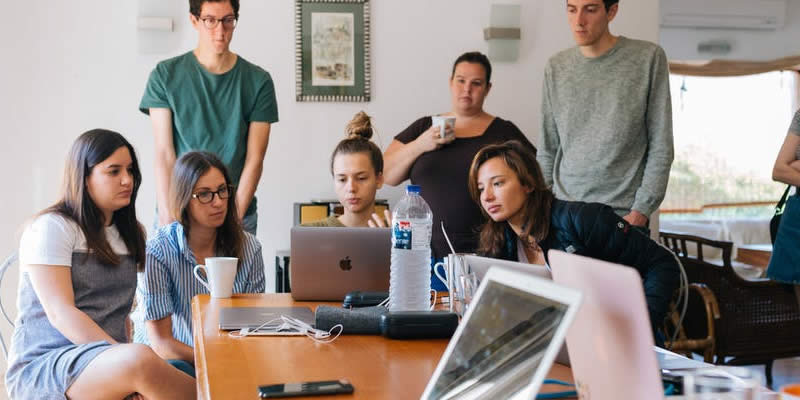Children over the age of 12 should wear masks in public, according to the World Health Organization (WHO).
The updated guidance is based on research which has shown that teenagers can pass on COVID-19 in the same way as adults can, the organisation said.
The WHO’s guidelines still state that younger children aged five and under should not wear masks.
- World Health Organization to review COVID-19 airborne transmission guidelines
- Global health chiefs describe COVID-19 as ‘most severe health emergency’
For children aged between six and 11 the advice is less straightforward with the WHO advising that the decision to wear a mask should be based on a series of factors, such as whether the child has the ability “to safely and appropriately” wear one and whether the child is in “specific settings” with people who are at high risk of developing serious illness.
The worldwide organisation also recommends that fabric or non-medical masks are sufficient for young people to wear providing they are in good health.
Medical masks have been recommended though for young people who have health conditions such as cystic fibrosis, cancer or immunosuppression when they meet with their medical team.
All face coverings and masks should not be worn at all when children are playing sports or participating in physical activities, such as running, jumping or playing, as it might “compromise their breathing”.
However, the WHO still recommends that children must maintain a social distance of at least one metre from others and the number of children who play together must still be limited.
For teachers, the WHO said: “In areas where there is widespread transmission, all adults under the age of 60 and who are in general good health should wear fabric masks when they cannot guarantee at least a one-metre distance from others.
“This is particularly important for adults working with children who may have close contact with children and one another.”





